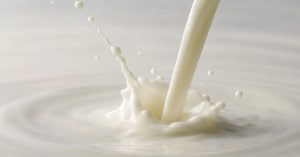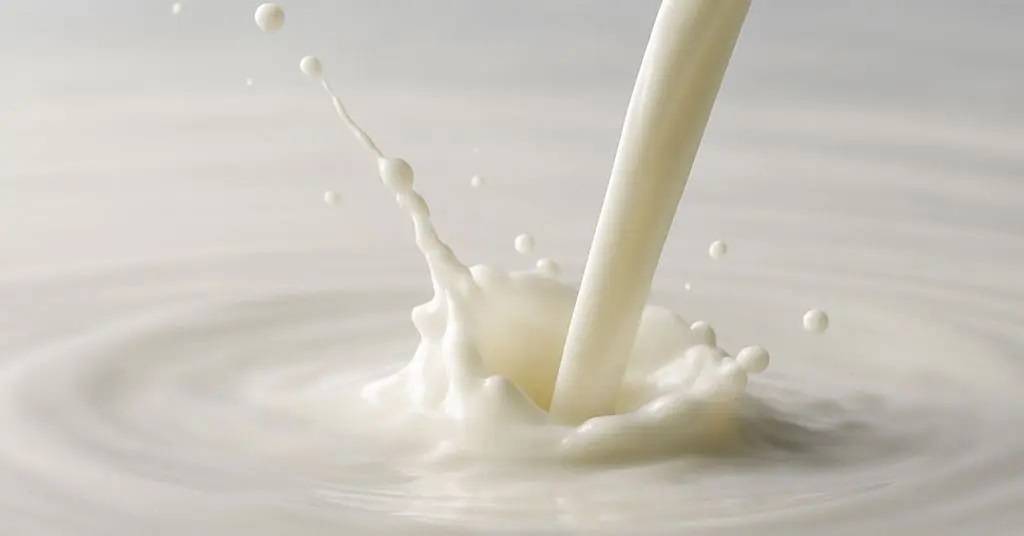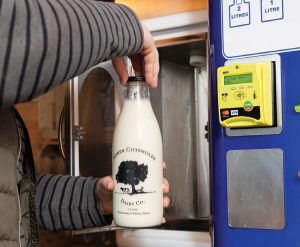
Producers could face weaker prices as rising supplies outpace demand and weigh on dairy markets.
U.S. milk production is expected to rise in 2026, according to the latest USDA World Agricultural Supply and Demand Estimates (WASDE) report, fueled by a larger national herd and slight gains in productivity per cow. However, despite the production bump, producers may face downward pressure on prices.
According to USDA, U.S. milk production for 2026 is forecast at 227.9 billion lbs., up from the 227.3 billion lbs. projected for 2025 in the May update. This marks a continuation of slow but steady growth. After a decline in 2024 (down to 225.9 billion lbs.), output is rebounding, with production forecast to climb nearly 2 billion lbs. over the next two years.
Domestic consumption is expected to grow across the board, yet stronger milk supplies are likely to outpace demand. USDA anticipates that domestic and global market dynamics will weigh on dairy product values. As milk supplies grow, prices for key dairy commodities, including cheese, butter, nonfat dry milk (NDM), and whey, are forecast to soften in 2026. This will likely lead to a drop in Class III and Class IV milk prices. The average all-milk price is projected at $21.15 per hundredweight, down from this year’s forecast
Trade dynamics are also expected to play a notable role in shaping 2026 market conditions. U.S. commercial exports are forecast to decline on a milk-fat basis, in part due to increased global competition and shifting demand patterns. However, on a skim-solids basis, exports are expected to rise, largely driven by gains in whey product shipments. This indicates growing opportunities in select global markets, even as overall export volumes adjust. Imports are projected to move higher in 2026, particularly on a fat basis, with butter imports leading the charge. USDA also expects modest increases in skim-solids imports.
You can now read the most important #news on #eDairyNews #Whatsapp channels!!!
🇺🇸 eDairy News INGLÊS: https://whatsapp.com/channel/0029VaKsjzGDTkJyIN6hcP1K
























